Yellowstone National Park, with its stunning landscapes and diverse wildlife, draws nature enthusiasts from around the globe. Among its iconic inhabitants, the American bison commands attention for its sheer size and majestic presence.
However, a recent video serves as a stark reminder of the dangers associated with approaching these creatures. In this article, we delve into why you should never approach a bison in Yellowstone and shed light on crucial facts about bison and their conservation status.
Watch the incredible story of a man leaving his car and approaching a large bison + why you should never do that + video. Share with your friends and family now to warn them!
The Bison: Symbol of the American West
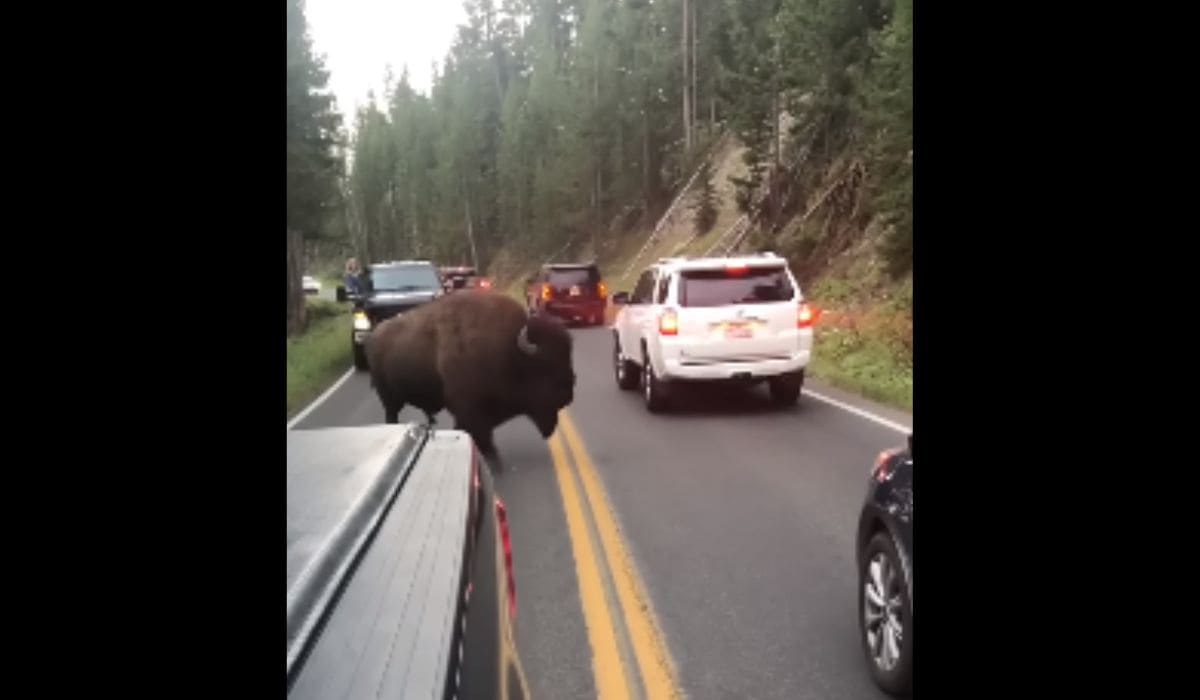
The American bison, often referred to as buffalo, holds a symbolic place in the history and culture of the American West. These massive herbivores once roamed the plains in vast numbers, shaping the landscape and playing a vital role in the ecosystem. Today, Yellowstone National Park serves as a stronghold for bison conservation, providing a glimpse into the natural behavior of these iconic creatures.
Size and Strength

Bison are the largest land mammals in North America, with males (bulls) weighing up to 2,000 pounds. Their strength and agility can be deceptive, making them potentially dangerous when provoked or approached closely.
Conservation Status
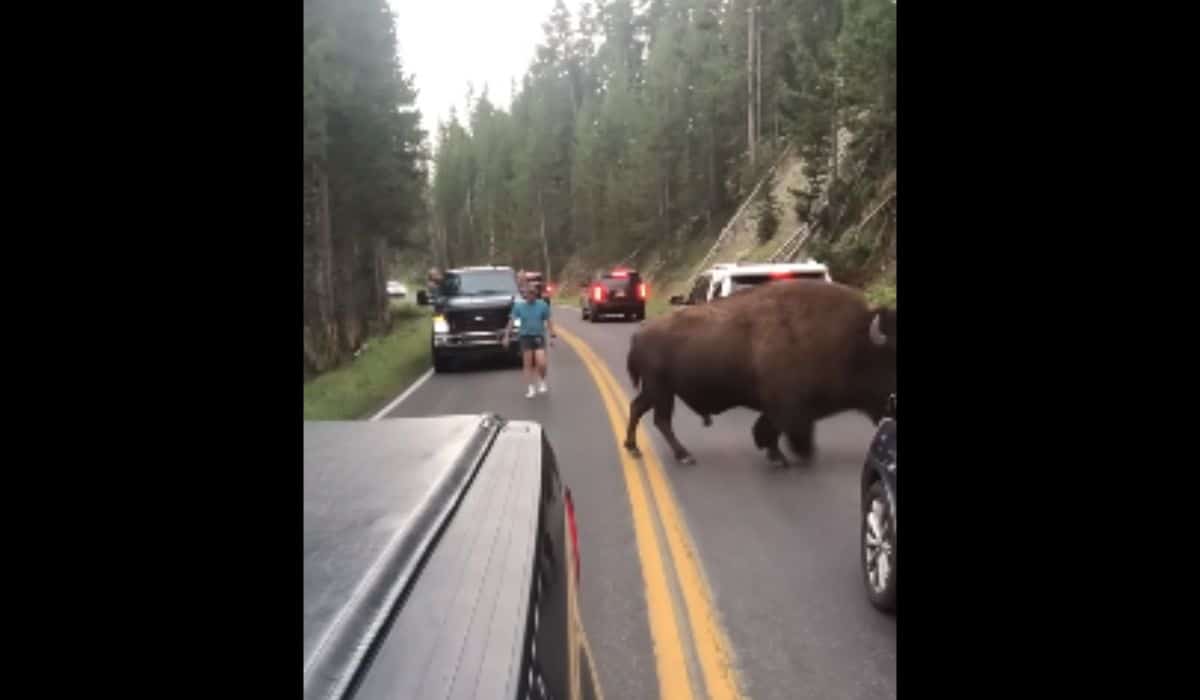
While bison have made a remarkable recovery since the brink of extinction in the 19th century, they still face conservation challenges. The International Union for Conservation of Nature (IUCN) classifies the American bison as “Near Threatened,” emphasizing the need for ongoing conservation efforts.
Watch: Bison HeadButt Knockdown.
Yellowstone Bison Population

Yellowstone is home to one of the largest and oldest public bison herds in the United States. The park’s commitment to bison conservation has played a pivotal role in preserving this iconic species.
Behavioral Characteristics

Bison are generally calm animals, but they can exhibit unpredictable behavior, especially during mating season (rut) and when protecting their young. Approaching too closely can trigger defensive reactions.
Role in Ecosystem
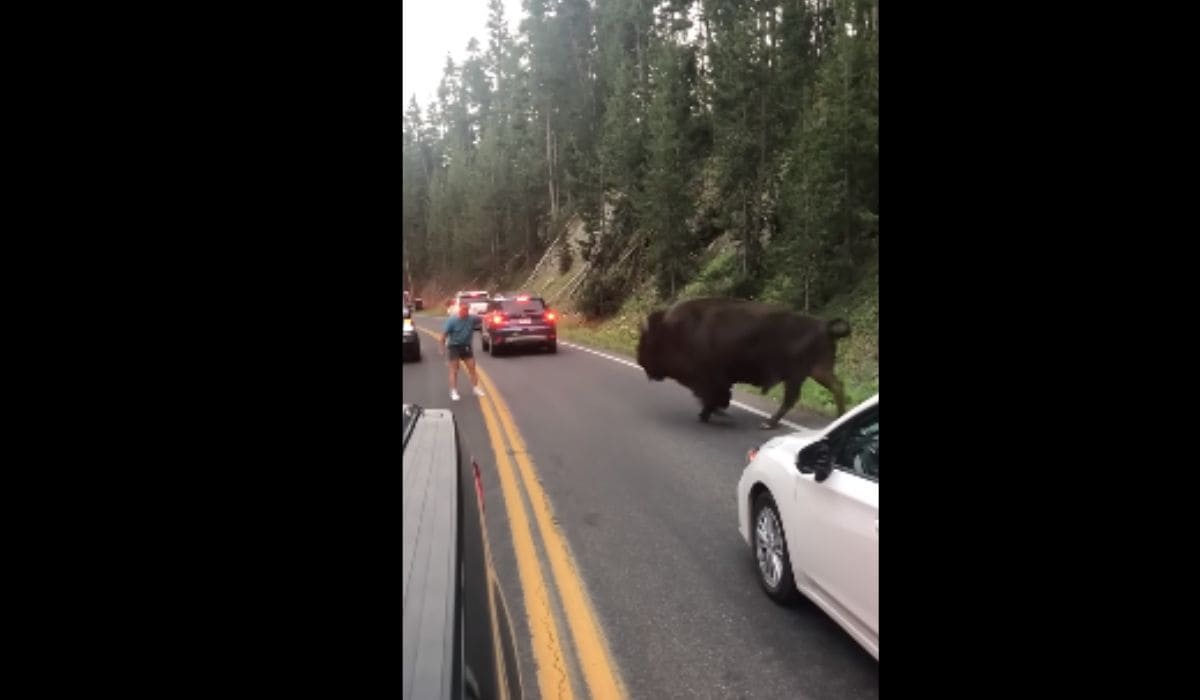
As ecosystem engineers, bison contribute to maintaining healthy grasslands. Their grazing and wallowing activities create diverse habitats for other species, showcasing the interconnectedness of wildlife.
Check out: Some Of The Largest Siberian Husky’s.
The Video Warning: A Cautionary Tale

The recent video capturing a person dangerously close to a bison in Yellowstone serves as a cautionary tale. Approaching bison poses risks not only to human safety but also to the well-being of the animals. Yellowstone’s guidelines emphasize maintaining a safe distance, typically 25 yards or more, to prevent disturbances that can lead to defensive behaviors from the bison.
Conservation Efforts

Yellowstone National Park has played a vital role in the conservation of bison, contributing to the species’ recovery. Efforts include managing the population size through culling and relocation, preventing the spread of brucellosis, and collaborating with tribal nations to support sustainable bison management.
What is the scientific name of the American bison?
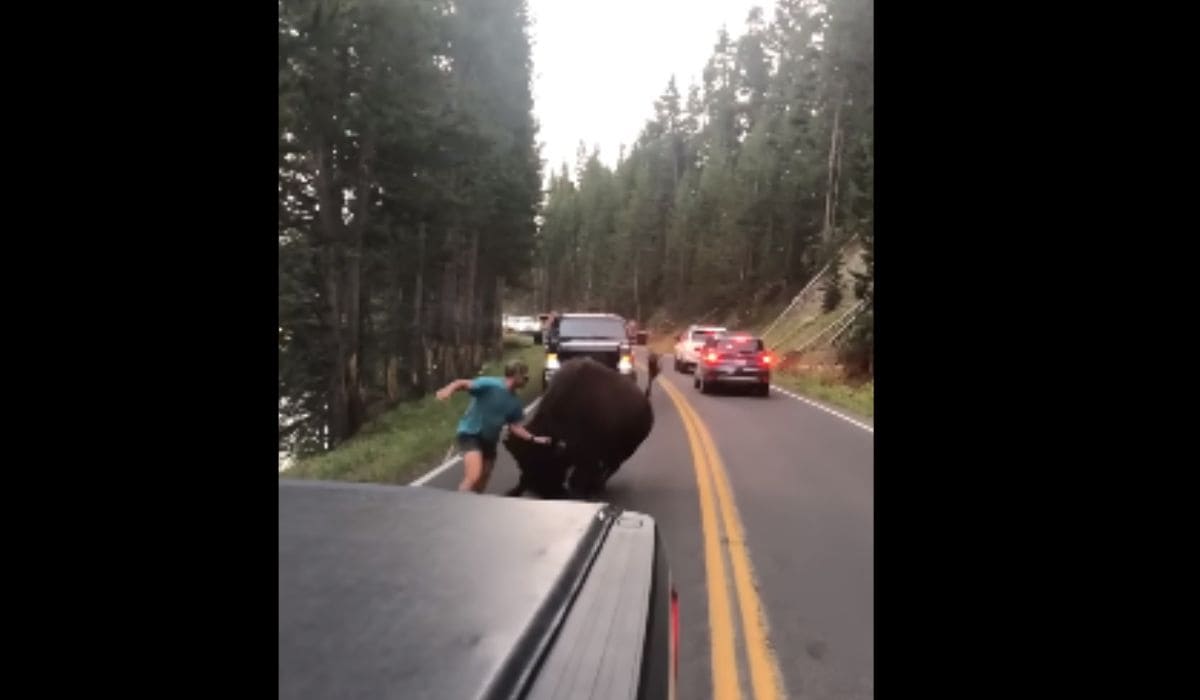
The scientific name of the American bison is Bison bison. There are two subspecies: the plains bison (Bison bison bison) and the wood bison (Bison bison athabascae).

Watch the FULL video here “Don’t Approach the Bison in Yellowstone National Park”
How large can American bison grow?

American bison are the largest land mammals in North America. Adult males can weigh up to 2,000 pounds and stand about 6 feet tall at the shoulder, while females are generally smaller, weighing around 1,000 pounds.
What do bison eat?

Bison are herbivores and primarily graze on grasses. They also eat forbs (flowering plants) and sedges. In the winter, they use their large heads to clear snow and access vegetation.
Where do bison live?
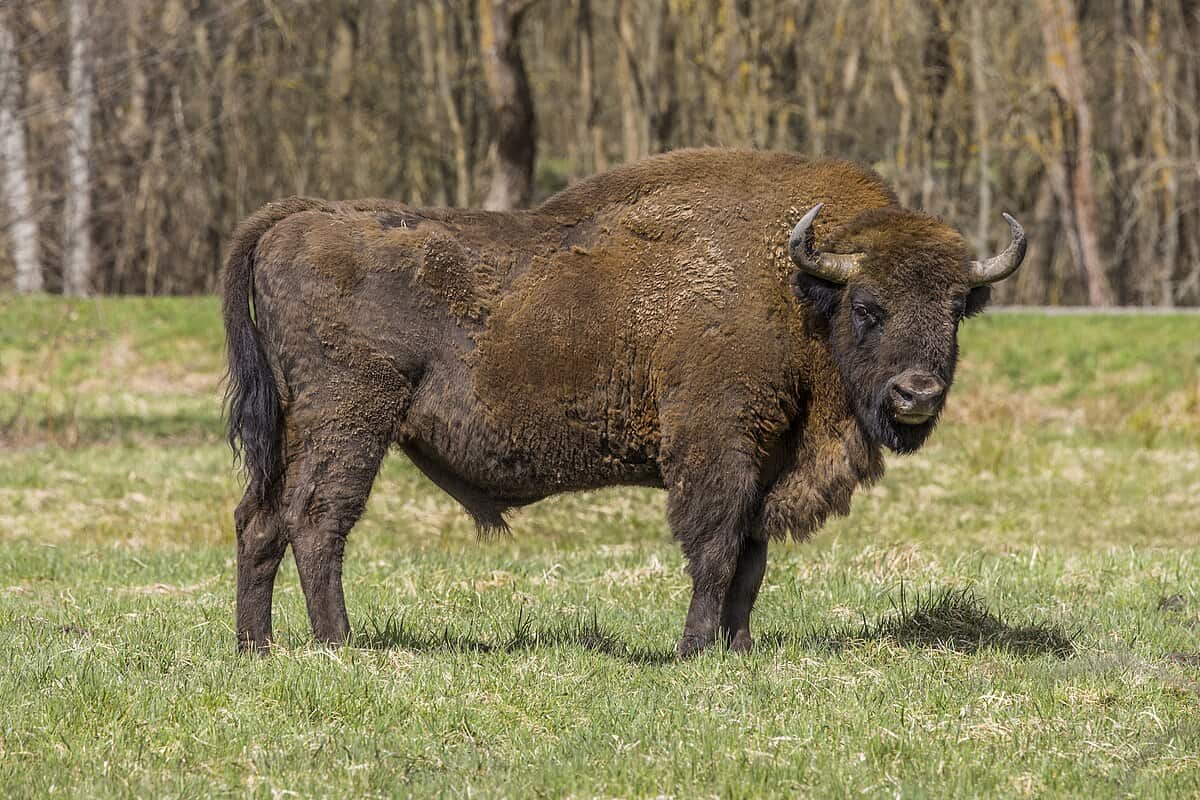
Bison once roamed most of North America, but today they are mainly found in protected areas and national parks, such as Yellowstone National Park. They inhabit grasslands, prairies, and plains.
How do bison contribute to their ecosystem?
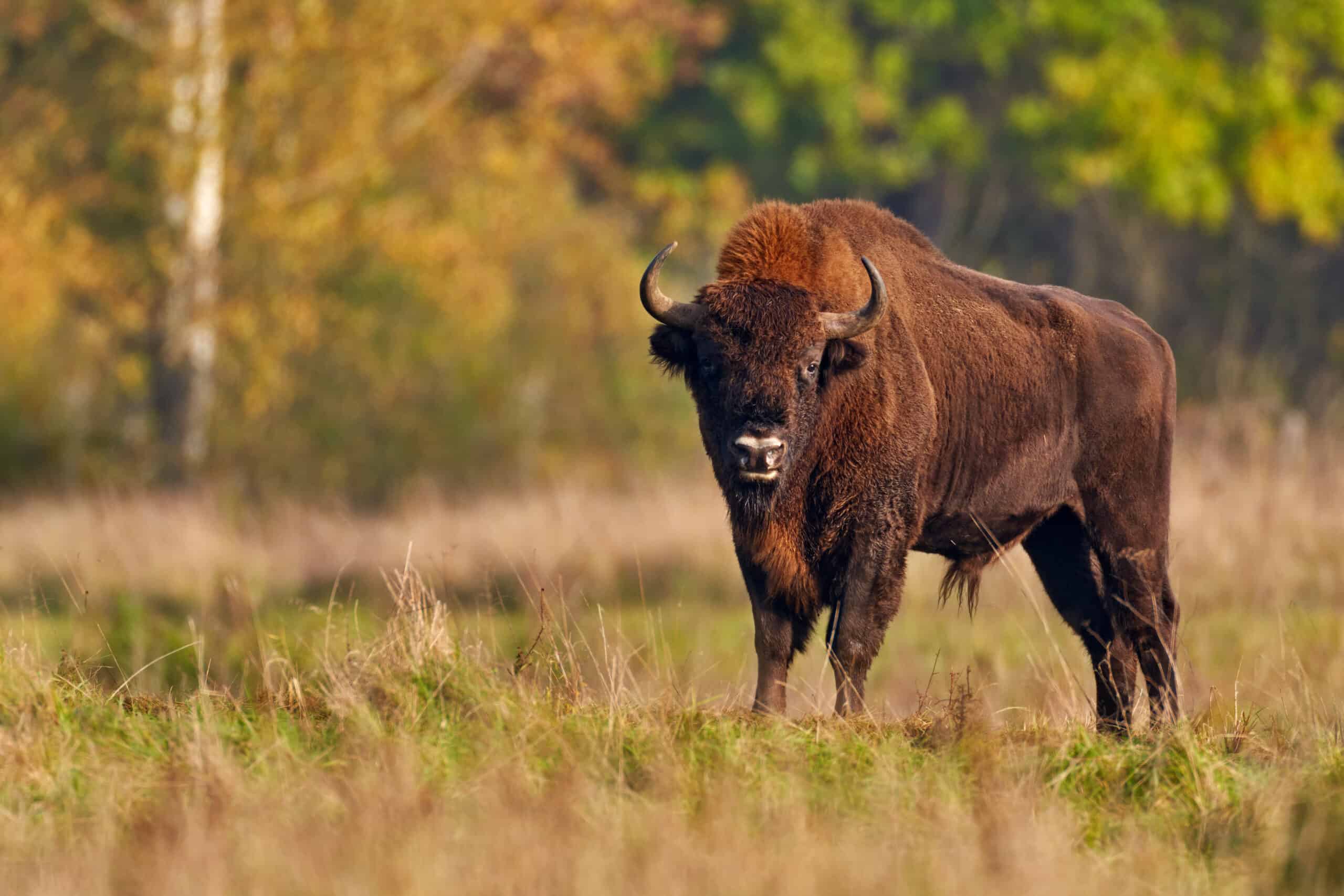
Bison play a crucial role in their ecosystem by grazing, which helps maintain healthy grasslands. Their wallowing behavior creates depressions in the ground that fill with water, providing habitats for various species.
Are bison dangerous to humans?
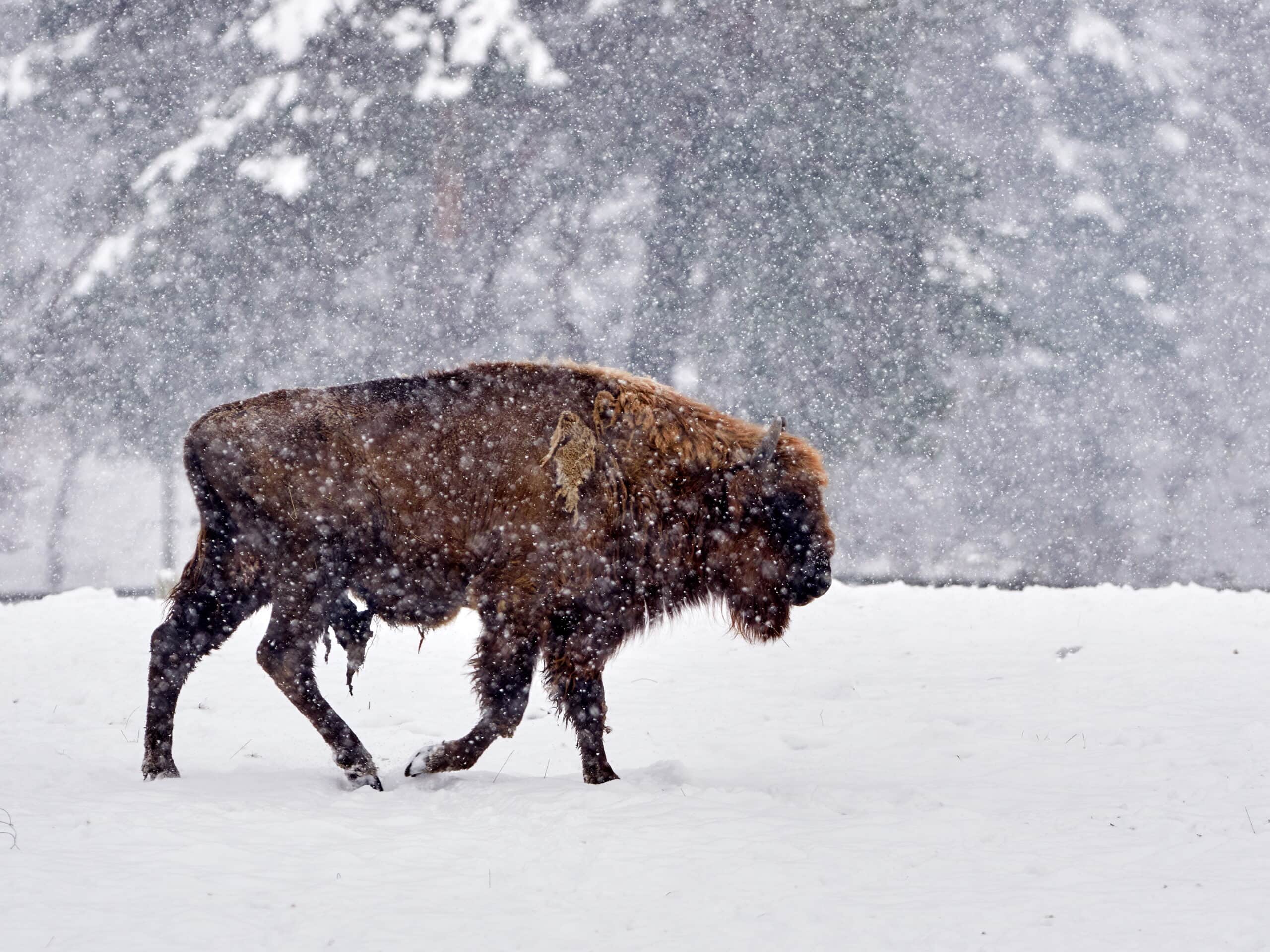
Bison can be dangerous if approached too closely. They are unpredictable and can run up to 35 miles per hour. It’s important to keep a safe distance, at least 25 yards, to avoid provoking them.
How do bison communicate?
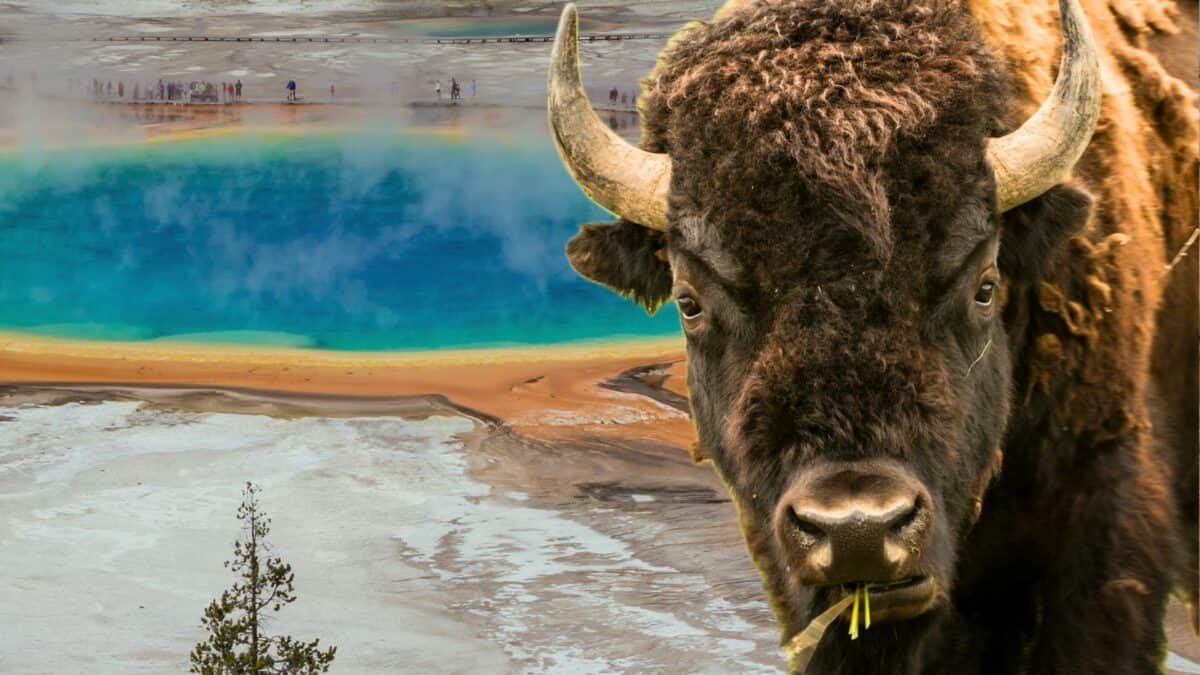
Bison communicate through a variety of vocalizations, including grunts, snorts, and roars. They also use body language, such as lowering their heads, to express dominance or aggression.
What is the significance of bison to Native American cultures?

Bison are of great cultural and spiritual significance to many Native American tribes. They provided food, clothing, shelter, and tools, and are often featured in tribal stories and ceremonies.
How did bison populations recover from near extinction?

In the late 19th century, bison were nearly hunted to extinction. Conservation efforts, including breeding programs and protected reserves, have helped their numbers recover. Today, there are about 500,000 bison in North America.
What is the difference between a bison and a buffalo?

The terms bison and buffalo are often used interchangeably in North America, but they refer to different animals. True buffalo are native to Africa and Asia, such as the African buffalo and the water buffalo. The American bison is a distinct species native to North America.
Wrap Up
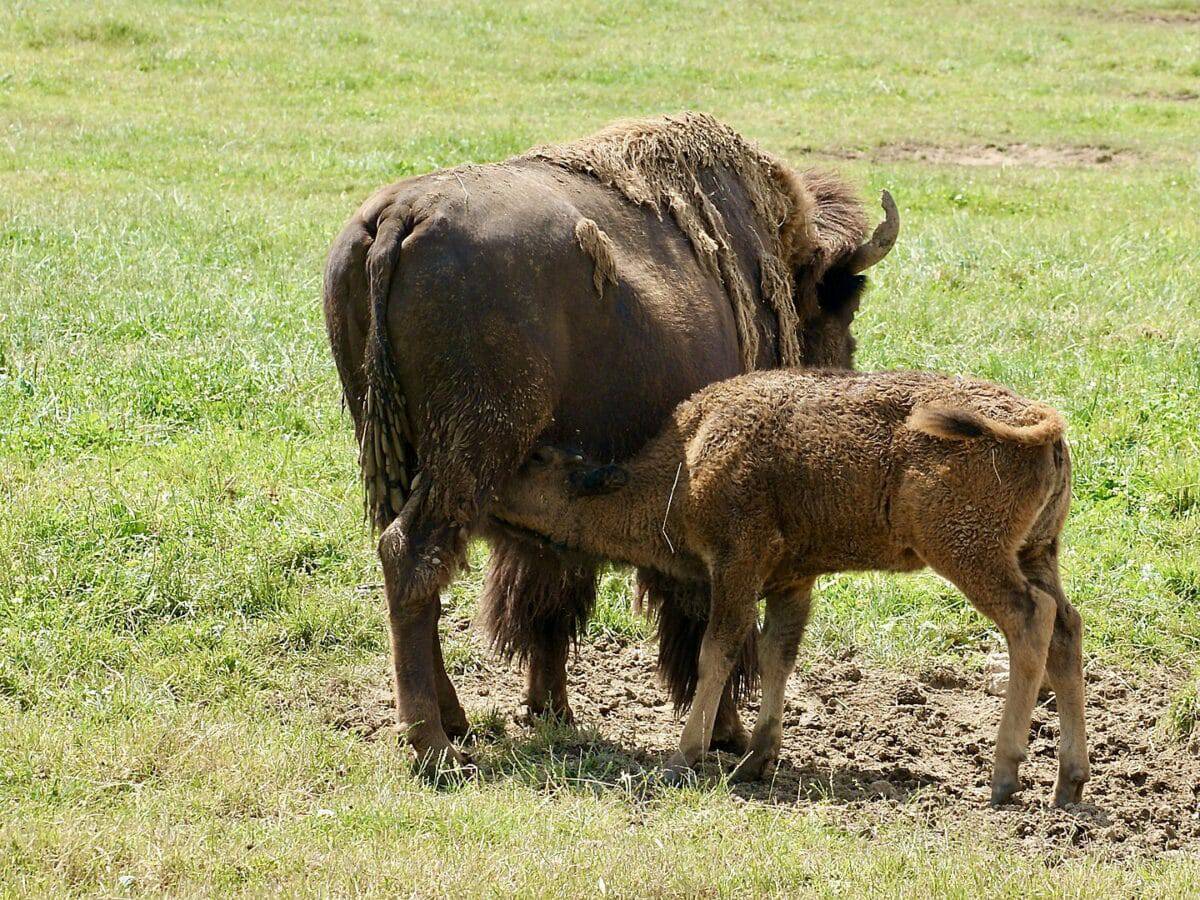
Overall, as stewards of the environment, it is our responsibility to respect the natural behaviors of wildlife and contribute to their conservation. Furthermore, the video warning against approaching a bison in Yellowstone serves as a reminder of the importance of maintaining a safe distance and appreciating these majestic creatures from afar. Moreover, by understanding the facts about bison and supporting conservation efforts, we can ensure the continued existence of this iconic symbol of the American West.
If you enjoyed this article, find our related article links below or have a look at our dedicated bison page!
Next up:
- Lion and Dog: An Unbreakable Bond of Friendship - October 20, 2024
- Top 10 Unusual Animal Friendships - October 20, 2024
- Skateboard-Loving Bulldog Guards His Prized Possession - October 20, 2024



Darlene Ricotta
Friday 12th of April 2024
I went through there years ago and people got out of the cars then the buffaloes chased them! People don’t learn!
They are a neat animal to watch from a car, And keeps the buffaloes safe from people who blame them for charging them!
Mick
Friday 22nd of March 2024
These people are wanna be rodeo clowns
Viola Grant
Thursday 15th of February 2024
If a law is inacted in which a human is willingly placing themselves or others in danger, the fine should be considered based in the state or Federal statute, similar to criminal mischief, disorderly conduct, or laws governing safety of others. Once a buffalo gets mad, there is chance of a stampede. There are so many different scenarios that could take place. After each person is injured, is the park responsible for their medical bills or burial? Hold each person to a standard in which they will be held responsible to pay the National Park Service for their actions. I've never seen anything legally covering that. Please advise.
Saturday 10th of February 2024
Going to Yellowstone this summer and I'm hoping I can get a selfie of me feeding a bear a Snickers while riding a Buffalo lol people are so dumb
Sandy
Wednesday 14th of February 2024
You visit you will love it. Dunraven Pass is one of the most beautiful places I have ever seen in my opinion. I was very fortunate to work for Yellowstone for a summer. They give you a pamplet when you enter detailing how far you need to stay away from the animals - for your safety. It is illegal to blow your horn at the animals, it is THEIR "backyard" after all. If you happen to record an idiot, you can let them know when you leave. At that point they'll usually ask you to send them the video right then. They will look for them when they leave, and have been known to FINE them - not all unfortunately. Happy Travels 🤗
Patricia Beeman
Thursday 8th of February 2024
Unfortunately I think they will need to close the National parks due to severe stupidity. Not just antagonizing the wild life but ignoring warning signs and falling to their deaths and going near the hot springs and getting burned or falling in. This culture has no respect nor self-discipline.